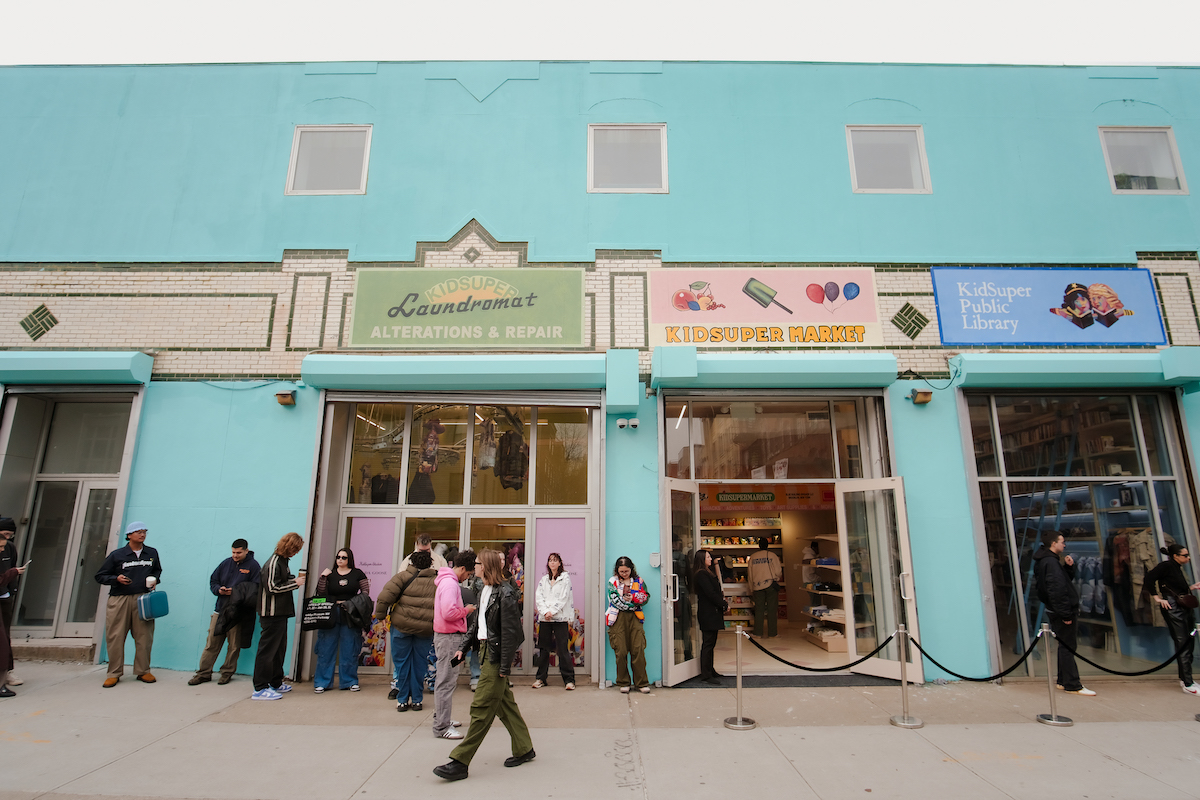Eric Chang and Dan Hellman grew up together in Maryland, spending summers in high school and college self-learning woodworking in Hellman’s garage. After pursuing careers outside of design after school, the two eventually reunited over their common interest in design, and eventually transformed a weekend hobby into a full-blown furniture company. We visited the Bushwick studio of Hellman-Chang to speak with Chang about the joys of working with your hands and the luxury revolution taking place in Brooklyn.
WHITEWALL: What lead to you co-founding Hellman-Chang with your childhood friend, Dan?
ERIC CHANG: My background is finance and marketing, but I’ve always loved art and design. The company was started in 2007, and we started selling in January 2008. We moved into our current space in Brooklyn five years ago. It’s 11,000 square feet total. When Dan and I started, it was a weekend-warrior kind of thing. We taught ourselves the old-fashioned way, buying old woodworking books, teaching ourselves. It was the process that we fell in love with; it was the pure joy and love of how the product was made. Just as much as the end result, it was how we got there. As we were developing this company, we didn’t want to compromise that. We wanted to stick with it being built this way, with integrity, with love, with blood, sweat, and tears, with promise. And when you do that and you do that in Brooklyn, you have to charge a lot for it. It must be a quality high-luxury product, so that was the position we had to come in at.
WW: At that time, this post-recession return to the handmade, to quality craftsmanship, and equating that with Brooklyn, hadn’t really coalesced here in New York, let alone internationally. It seems like you were ahead of the curve there, focusing on handmade luxury furniture all designed and manufactured in Brooklyn.
EC: The fact that we can design and produce it all ourselves is a huge advantage in that respect. The whole “made in Brooklyn” thing is a big thing now. And it was wonderful that we were here before the Brooklyn craze started. It is about the maker culture in Brooklyn, the craft element, and we have all those things. But we’re also trying to project that the most beautiful and the most well-made furniture can be made right here. We can go head to head with Paris or Italy.
WW: So you’re trying to showcase Brooklyn craft, but also Brooklyn luxury?
EC: The way we’ve spun our brand has allowed great collaborations. Like the advertising campaign we shot with Canali—they hopped on board with that, supplied wardrobe, sponsored it. To change the way furniture is perceived in America is important to do. No one has that respect for furniture and the designers behind that, like they do for fashion. There’s a cultural issue. They can say, “Oh, that’s a Tom Ford suit,” but not, “Oh, that’s a Hellman-Chang table.” My approach since day one was to come at it with this sense of ultimate luxury and quality in craftsmanship and to build that awareness.
WW: Can you tell me more about the design process? There is a lot of movement in your pieces.
EC: I do more of the creative design, and Dan does more of the technical design—that’s how we work really well together. When I try to create design, it’s based on emotion. If I can’t get an emotional reaction, I know I can’t elicit that emotional reaction for other people. That’s why you have that movement in our product. The best example would be like an automobile: even when it’s sitting still in a parking lot, people see it and immediately they have this raw emotion. I’ve always wanted to have that same reaction with our furniture.
WW: Your Avery chair was the first seating you designed, and you’re working on a sofa as well. How different was it designing seating as opposed to tables and storage?
EC: Seating has been more challenging, yet more fulfilling. We had to go through so many prototypes. I was my own worst enemy. The designs looked beautiful on paper, but would it make sense when you put a person on top of it? It was that physical aspect but also the demands I was putting on the wood to achieve the forms and lines I wanted to get. That’s why the Avery chair took four years and the sofa took four years. The subtle coves and facets around the back of the sofa create movement in the piece. If you were to strip the fabric off, this thing looks like a yacht. I wanted to make a big statement, something that could be iconic, could be remembered. To me it was worth the investment. Personally, if I don’t sell one, it’s okay.
This article is published in Whitewall‘s summer 2015 Design Issue.








